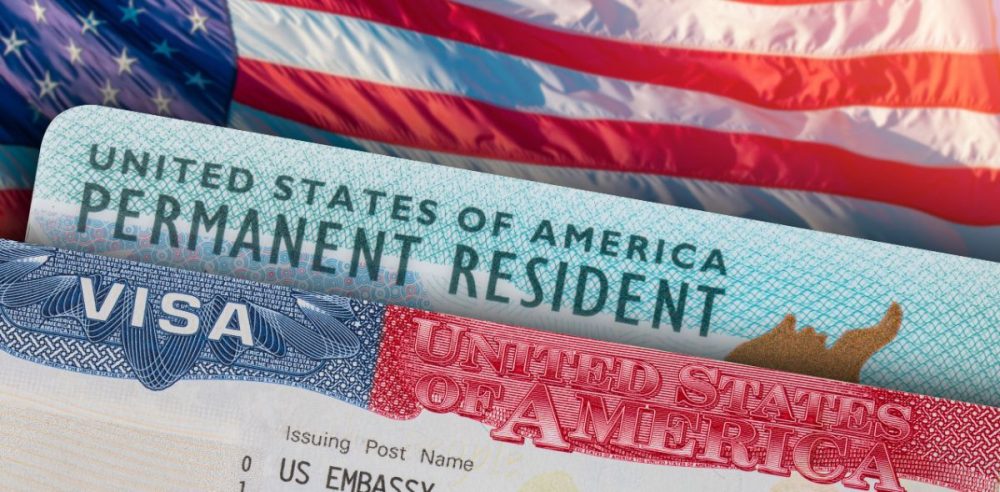Leftists may not like it, but Friedman was right. We’re about to learn the lesson good and hard.
The tens of millions of “undocumented” immigrants now arriving in America have a much different outlook than immigrants of a century ago. In short, today’s immigrants don’t work that much.
A study of Census data by the Atlanta Federal Reserve reported that while over half of new jobs created in the last two years have gone to illegal immigrants, so many have come that barely half of working age non-college immigrants are in the labor force. Five of six native Americans 25 through 64 regularly work.
The Border Patrol recorded over 10 million illegal immigrants processed during the Biden years plus countless millions not detected. Yet foreign-born employment increased by only 2.32 million. So who is supporting the rest? We are.
California is the poster child for dependent illegal immigrants. There they get taxpayer-funded health insurance, food stamps, housing allowances and myriad other benefits, costing $22.8 billion in state and local taxes alone, according to the pro-immigration Institute on Taxation and Economic Policy. Yet this for a population that generated just $8.5 billion in income.
Moreover, many of the programs are direct federal subsidies which means we all participate in their funding. Beyond all this is the escalation in spending by NGOs and philanthropic agencies to house, clothe and feed the millions of “newcomers” being bused around the country, again at our expense.
The increased pressure on the federal budget which immigration “hawks” warned against not long ago has already been normalized. The discussion has subtly passed from whether illegal immigrants should be included in public benefits to how this should be accomplished. Deportation, once assumed for those who failed their asylum hearings (which most do), is now regarded as logistically and morally impossible.
It’s no mystery why our welfare system is a worldwide magnet. Average benefits received by working age households have risen from $7352 in 1967 to to $64,700 in 2022, adjusted for inflation. Welfare spending now consumes 72.6 percent of unobligated revenues (an accounting which doesn’t count payroll taxes or mandatory interest payments) while defense spending has fallen by half.
Most Americans don’t realize that official poverty statistics distributed by the Census Bureau don’t count as income 88% of the transfer payments made to alleviate poverty. As noted by Gramm and Arrington in the Wall Street Journal, “the census doesn’t count refundable tax credits, food stamp debit cards, free medical care through Medicaid or benefits from about 100 other transfer payments as income.“
When these benefits are deemed to be income, 80% of those today who are counted as poor are no longer poor and the bottom three income quintiles in the Census Bureau all have approximately the same spending power.
With the abundance of means-tested transfer payments available, the percentage of working age persons in the bottom quintile who work has fallen from 68% to 38%. For about the same income, 2.4 times as many workers in the second lowest quintile actually work and on average work 85% more hours than those in the bottom quintile.
Welfare beneficiaries in the main aren’t liars or cheaters. They are making rational decisions in an irrational environment. America is unfortunately a nation deeply in debt, living on anticipated income from the future. We spend money as if we still had it. The kids will figure it out.
The driving motive behind immigration policy is still to permanently alter the political landscape. The ultimate victims may be the migrants themselves, attracted by promises that in the long run can’t be kept.
As Friedman pointed out, we can’t enrich others by impoverishing ourselves. We all just become more poor.
Tom Patterson is a former member of the Arizona State Senate and was chairman of the Goldwater Institute for more than a decade.


